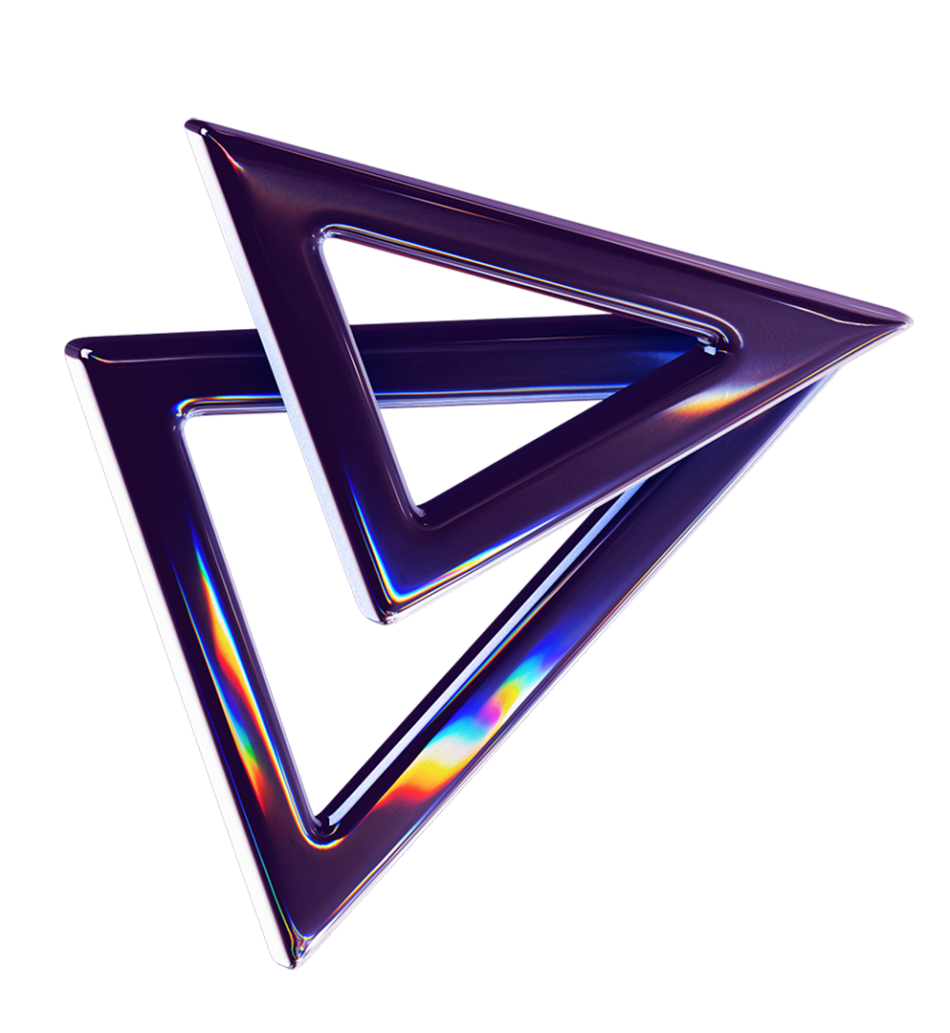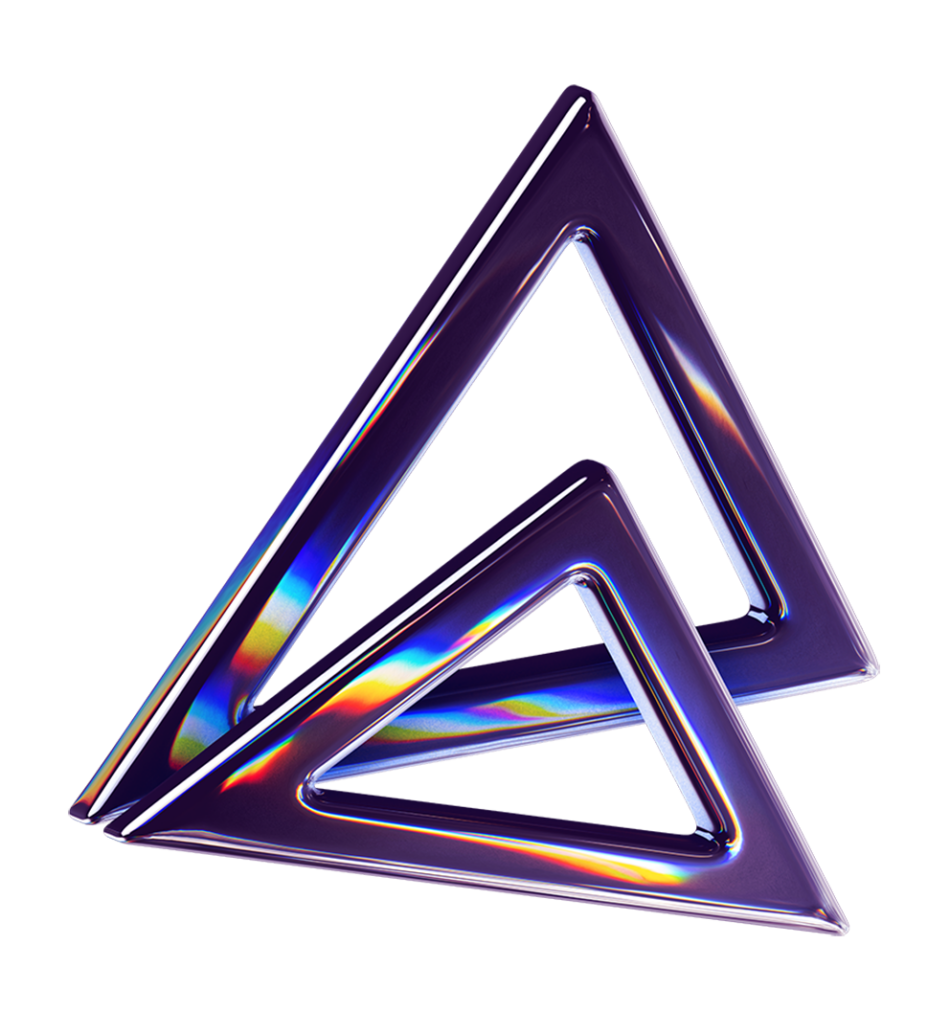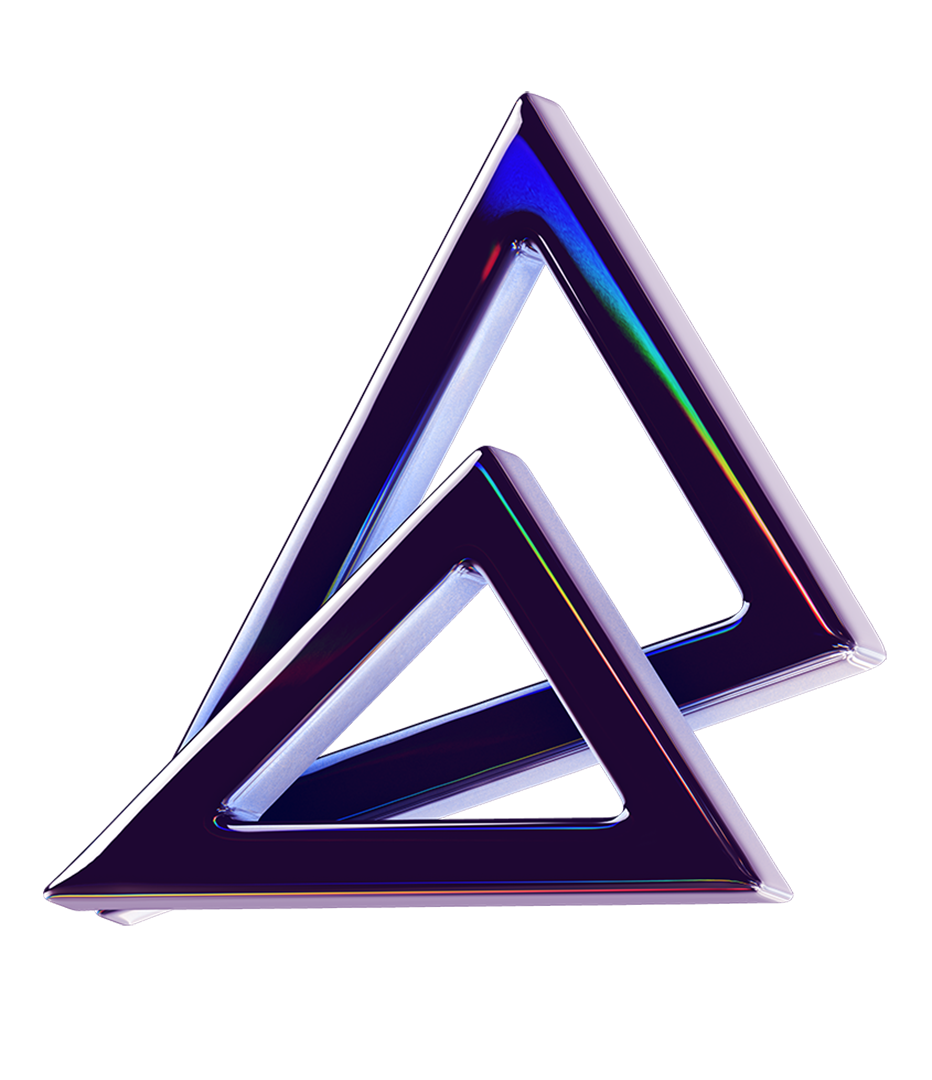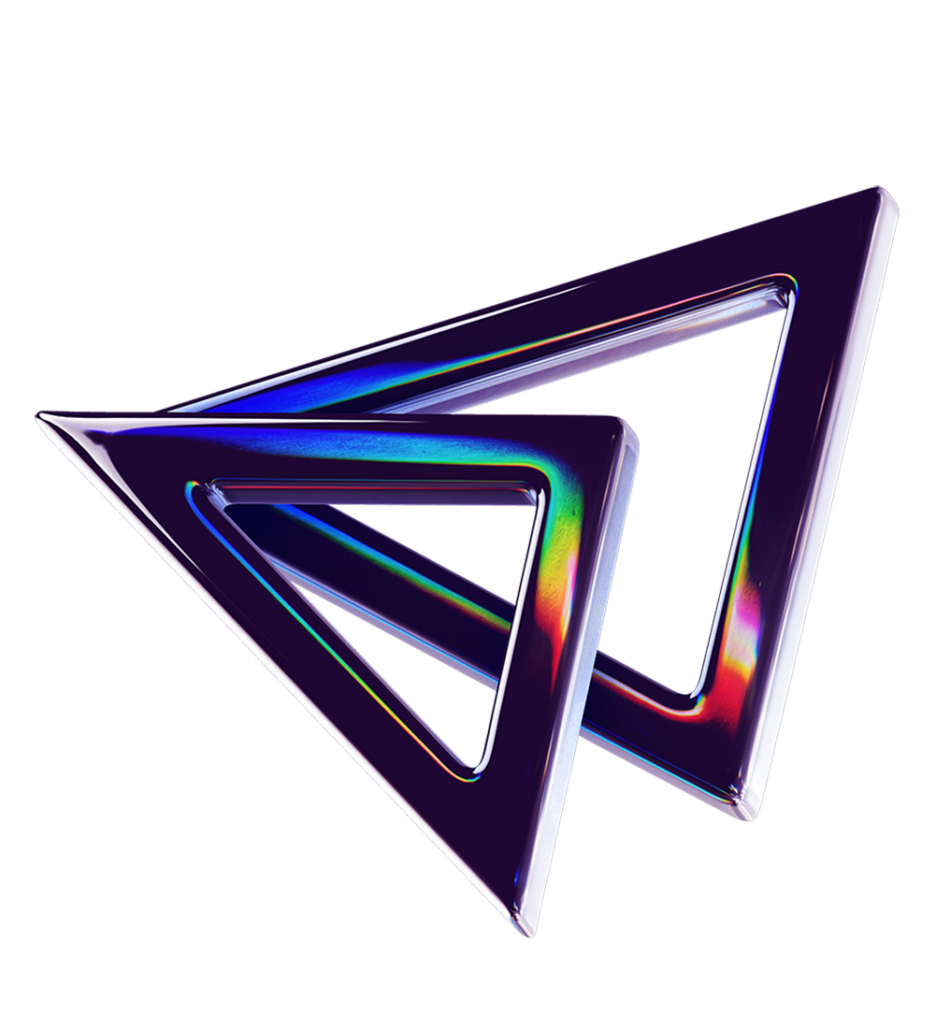Statement Nika Perne (Head of programm)
Festival context
Natural and artificial light has long served as a source of inspiration and fascination not only to artists but to humanity. In the last two centuries, light art has moved into public space more frequently, showcased in dialogue with architectural landmarks, open squares, gardens, more intimate and private venues, and the audience.
Regarding the curatorial selection of the artworks for the festival’s first edition, the sensitivity and education of the curator, producers, and team play an essential role. A lot of thought is put into how the visitor moves in the festival and the choreography the works create in the city. Finding the best possible location for each work of art is always a goal we follow, not only in terms of curatorial direction but also in terms of the production, the dialogue that the work has with the surroundings, and the audience experience. In the same way, finding artists who work on site-specific projects and can transform specific sites with their works of art is one of our priorities as well.
Artists
In terms of the selection of artists, the Light Art Festival in Regensburg wants to showcase artists from different artistic backgrounds who work mainly as light artists and some as interdisciplinary artists or performative artists. Their works encompass diverse genres, such as animation, design, painting, architecture, sound, and performative arts. In Regensburg, we are presenting their artworks in which they use light as the primary medium.
The choice of artists follows three main pillars:
- showcasing internationally renowned and innovative light artists,
- showcasing younger artists from the State of Bavaria,
- and premieres of new light art projects, which are site-specific.
Content
The artworks chosen for the festival’s first edition will offer diverse experiences to the visitor through powerful storytelling and visually attractive works, transmit messages about relevant contemporary topics, and offer insight into new technologies.
The stories that the invited artists tell are varied. I want to highlight that many works of art honor the city of Regensburg, its venues, and its inhabitants. Some works are done in cooperation with local performers or the community – this drives me as a curator, as their involvement is essential. Other works are interactive and engage the audience, who become co-creators of the artwork. Lastly, the topics that some of the selected artworks tackle are those that should be addressed and we need to speak about – such as climate change, the interconnectivity of nature, water – as a resource or as an element of danger, and the impact of artificial intelligence on our lives.
I want to conclude with a statement from the German artist Philipp Artus about his work Aquatics. He says: “Aquatics” can be seen as both a utopia – an imagination of the unknown beauty of nature and a dystopia – an algorithm to replace nature, offering a glimpse into how artificial ecosystems might replace real life in the future.
In today’s world full of challenges, we need artists to interpret important messages and offer us a glimpse into utopia. We need them to immerse us in their worlds full of wonder, in which we can pause for a while and have time to reflect.



